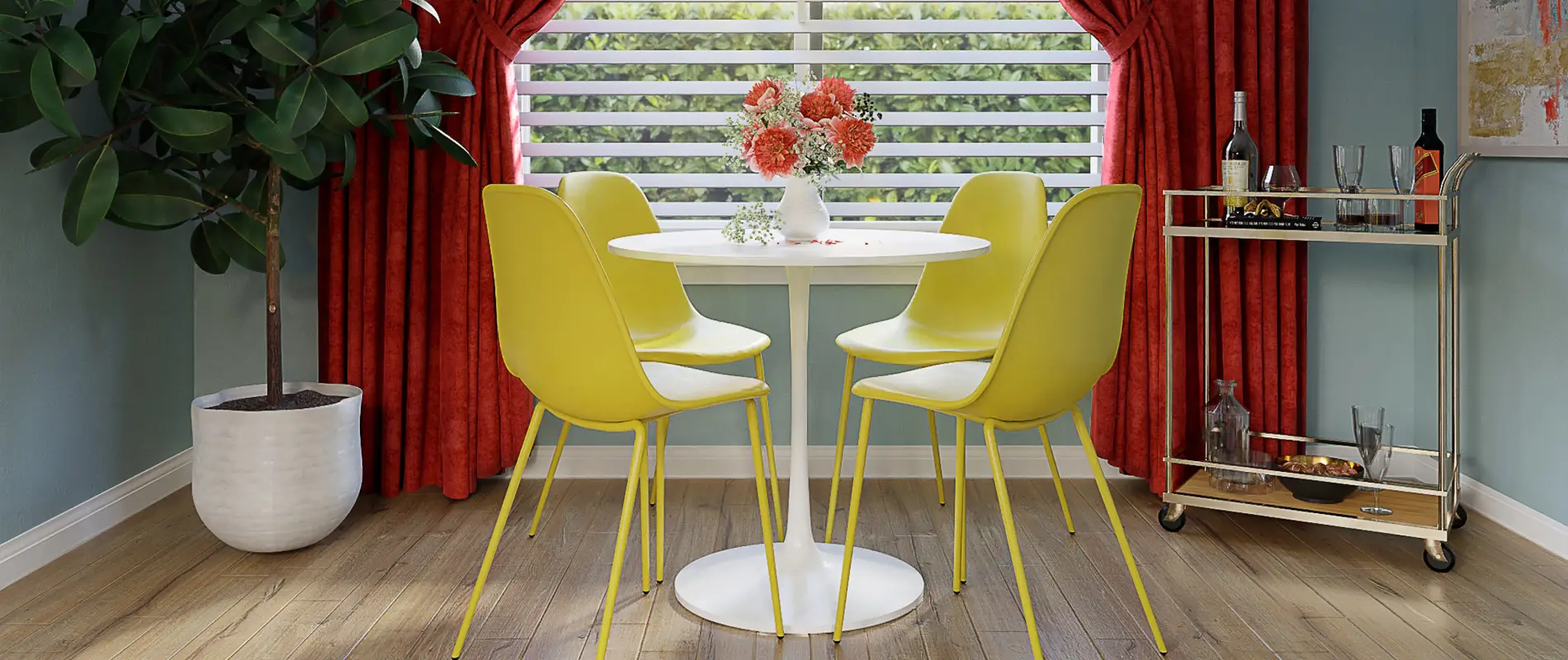© Copyright – Made with Maxi Blocks

WordPress themes: Pure Footer Dark PFD-PRO-01
Build WordPress sites with MaxiBlocks. All features free forever. No locked functionality. Optional Cloud Library saves you 10+ hours per project. Start free
Footer block pattern design: modern minimalist layout
If you’re looking to add a sleek, modern touch to your WordPress website, this minimalist footer block pattern might just be the perfect fit. Designed with user experience in mind, it features a multi-column layout that not only enhances navigation but also boosts engagement. Let’s dive into the details of this stylish layout and explore why it’s a go-to choice for many.
Original design overview
This elegant footer features three distinct columns arranged in a single row, providing a clean and effective layout. Here’s what’s included:
- First column: “Explore”: This section encourages users to dive deeper into your site.
- Second column: Ideal for key information or links, acting as the central hub.
- Third column: “Say Hello”: Easily accessible contact details for your visitors.
Detailed features
Headers and text blocks
Standout headers like “Explore” and “Say Hello” bring clarity and structure, guiding users smoothly through your footer.
Interactive elements
Engage your audience with social media icons in the “Explore” section that direct them to your other pages. Plus, mobile-friendly contact info ensures ease of use.
Typography
The use of simple, sans-serif fonts heightens readability. Contrast between headers and text blocks guides user focus where it matters.
Visual engagement
A minimalist approach keeps graphics minimal. Social media icons maintain a clean aesthetic, while a dark background with light text offers striking contrast and visual appeal.
User experience enhancements
Expect engaging hover effects on social media icons for a touch of interactivity. This layout’s responsive nature ensures it looks great on any screen size, and its high contrast aids accessibility for all users.
Overall design impression
This footer block design exemplifies modern minimalism with its clean lines and optimal use of space. By leveraging ample white space, it promotes readability and navigation, ensuring visitors find what they’re looking for without the clutter.
Why use this design?
Incorporate this footer design into your WordPress website design to foster a welcoming environment. With its structured layout, user-friendly design, and contemporary style, it significantly enhances user experience. Discover a new level of functionality and aesthetic appeal with this well-crafted footer design!
Common footer use cases
Contact information
Your footer can conveniently house your contact information, such as a phone number, email address, or even a contact form link. It’s a great way to ensure that users can easily reach out with inquiries or feedback. By placing these details in the footer, you provide consistent access without cluttering important sections of your website. Plus, with WordPress website builders, it’s easy to update this information as necessary.
Social media links
Many users look to the footer for social media links. By including icons linking to your profiles, you can drive engagement and expand your reach. This also enhances user experience as visitors can easily locate and connect with you on various platforms. A well-designed footer UI design with clear social icons reflects your brand’s presence across channels.
Navigation menus
A footer is an ideal place for additional navigation menus. You can add links to categories, sections, or popular products and services that might interest your visitors. Using a well-organised website footer template, visitors can seamlessly find what they’re looking for, thereby improving their overall site experience.
Legal information
Footers are the perfect spot for displaying important legal information like privacy policies, terms of service, and cookie usage. Placing these links in the footer ensures they’re always accessible, but without dominating the primary content of your site. Make use of website footer SEO practices to ensure these documents are correctly indexed and accessible.
Newsletters and subscriptions
Encourage visitors to stay in touch by inviting them to join your newsletter from the footer. Simple sign-up forms or a prompt with a link to your newsletter page can effectively increase your subscriber list. This strategic location optimises the website footer area and keeps the opt-in offer visible on every page.
About us section
Including a brief “About Us” section in the footer provides meaningful context for new visitors. Concisely display your mission, vision, or a tagline to engage users right from the start. This snippet of info can entice users to explore more by clicking through to a full “About” page enriched with visuals and stories.
FAQs link
Make it easy for users to find answers to frequently asked questions by including a link in the footer. This strategy increases accessibility and user satisfaction as help is just a click away. It signifies that you’re proactive about user needs and care about providing immediate solutions.
Core values
Highlight your company’s core values and commitments in your footer to engage users on an emotional level. This subtle yet effective means of communicating the essence of your brand can help build trust and foster a deeper connection with your audience.
Affiliate and partner links
If your business collaborates with affiliates or partners, the footer is an unobtrusive yet visible place to list those associations. This not only helps promote their services but also enhances your credibility by association. They might return the favour, boosting mutual visibility.
Customer testimonials
For added social proof, incorporate a brief testimonial or link to reviews in the footer. This approach can reinforce user trust and persuade potential clients or customers about the quality and value you offer, acting as gentle nudges toward engagement and conversion.
Ways to use the footer effectively
Enhancing brand identity
Customise your footer to reflect your brand’s aesthetic, colours, and fonts, ensuring that it complements your site’s overall theme. A lovingly crafted website footer design speaks volumes about your brand professionalism and attention to detail.
Optimising for SEO
Footers can play a significant role in boosting SEO. By including relevant keywords and linking to other pages within your site, you enhance its crawlability and rankability. When optimising a WordPress footer for search engines, remember to balance between information and aesthetics.
Incorporating call-to-action elements
Use the footer for strategic calls to action (CTAs). Whether you want users to sign up for newsletters, download eBooks, or contact you, your footer can drive these actions effectively without being intrusive. It’s a great spot to leverage WordPress footer widgets for forms and links.
Adding value through content
Fill your website footer with content that matters to your audience, be it links to latest blogs, resources, or educational content. Providing value from the footer can enhance site usability and encourage visitors to spend more time exploring your WordPress website.
Building community connections
Include features like a community message board or event calendar in your footer to build bonds with local and online communities. This approach can foster a sense of belonging and help visitors feel part of your wider audience.
Addressing common footer questions
What is a footer on a website?
The footer is the section at the bottom of a website, often used for navigation links, contact info, and other key information that users expect to find on all pages. It’s crucial for enhancing the website’s usability and accessibility.
What is the size of a website footer?
The size varies depending on design needs and content. However, an effective website footer layout should be sufficient to contain necessary content without overwhelming users visually.
What is the bottom of a website called?
The bottom of a website is typically known as the footer, a staple in web design for placing universal elements and links that should be accessible throughout the site.
How do I add a footer to my website?
You can add a footer to your website by using the theme’s customiser settings in WordPress, inserting HTML block templates, or using a drag and drop website builder open source like Elementor or alternatives.
What elements should be included in a website footer?
Important elements to include are contact information, social media links, navigation links, legal details, and CTAs. This varies based on specific site goals and audience needs.
How can I make my website footer responsive?
Employ a responsive layout by using a grid or flexbox in CSS to ensure your footer adapts to various screen sizes. Consider testing your design across devices for optimal results.
What are some best practices for footer design?
Best practices include using consistent design elements with the rest of your site, ensuring the footer is not overloaded with information, and maintaining readability with high contrast and clear fonts.
How can I customise my WordPress footer without coding?
Customise your WordPress footer via the built-in theme customiser or using a page builder plugin that allows you to drag and drop widgets for a unique design.


